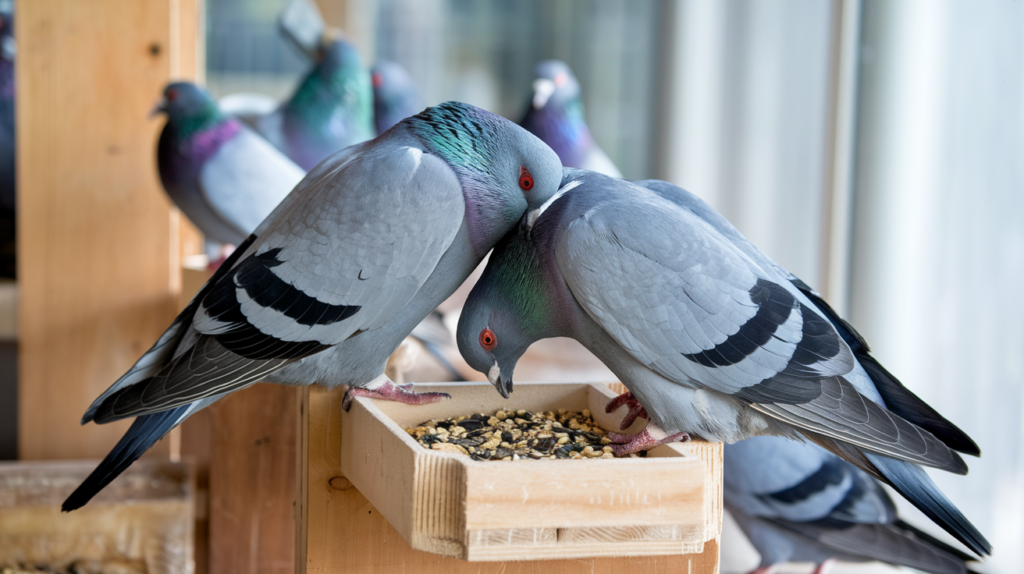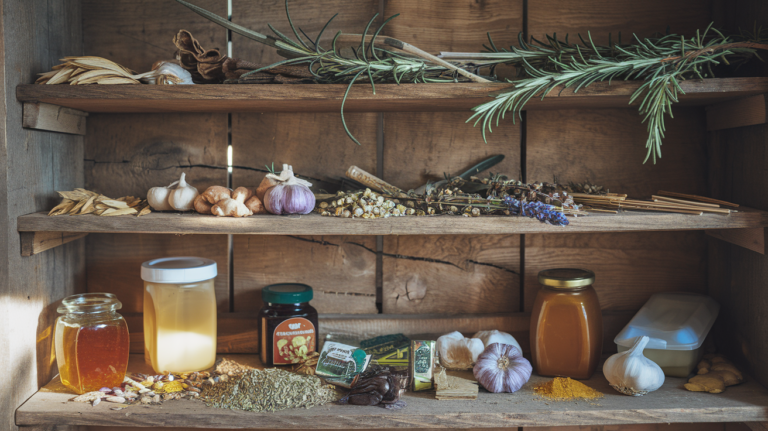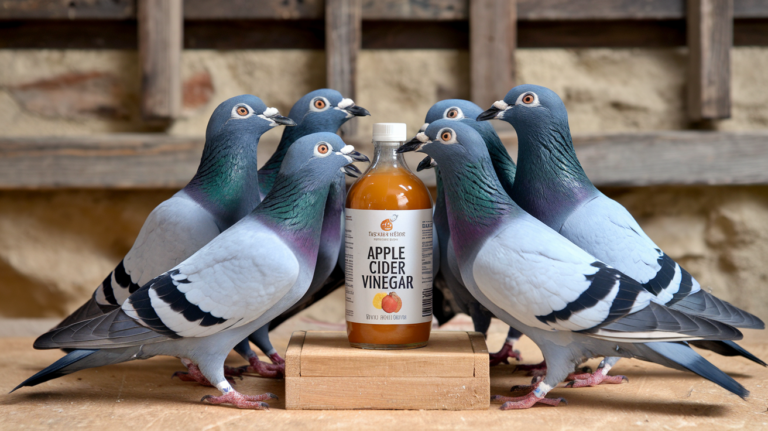
When breeding season rolls around, one of the biggest questions pigeon fanciers ask is: “What’s the best racing pigeon breeding and feeding plan to follow during those first 30 days to ensure healthy, strong young birds?”
Whether you’re a seasoned fancier or just getting started, the way you manage your breeders and their nutrition in that first month lays the foundation for success. In this article, we’ll cover smart breeding strategies and a detailed feeding and supplement plan to help you get the most from your birds during the critical early stages.
Why a Good Breeding Strategy Matters
Your breeding strategy is more than just pairing two good-looking pigeons. It’s about building a strong genetic base and creating birds with the physical and mental traits that win races. Here’s how to get started:
1. Choose Pairs With Purpose
- Always pair birds that complement each other in qualities like speed, endurance, intelligence, and homing ability.
- Consider pairing a proven racer with a strong breeder or crossing two birds from high-performance bloodlines.
- Health and vitality come first—never breed from a bird that’s weak or recovering from illness.
2. Condition Your Birds Before Pairing
- Give breeders at least 2–3 weeks of conditioning before pairing. This means clean lofts, balanced nutrition, and vitamin support.
- Begin offering grit and mineral mixes daily to prepare their systems for reproduction.
3. Set Up a Stress-Free Breeding Environment
- Clean nest boxes, quality nest bowls, and plenty of nesting material are must-haves.
- Avoid overcrowding. Each pair should have their own space to avoid unnecessary stress or aggression.
What to Feed During the First 30 Days of Breeding
Nutrition during breeding is everything. The right feed and supplements can increase fertility, improve egg quality, and support strong chick development. Here’s how to feed during each phase of those first four weeks:
Week 1–2: Pairing and Egg Laying Phase
- Feed Type: A premium breeding mix with 16–18% protein is ideal. This supports fertility and early egg development.
- Daily Amount: Around 35–40 grams per pigeon per day.
- Supplements:
- Mineral grit mix daily — essential for calcium, digestion, and mineral intake.
- Breeding vitamins twice a week — especially those rich in Vitamin E and fertility boosters.
- Probiotics once a week — helps keep gut flora balanced and boosts nutrient absorption.
- Extra Tip: Add a few conditioning seeds like hemp or safflower to increase vitality, but keep it in moderation.
Week 3–4: Incubation and Chick Feeding Phase
- Feed Type: Continue with the breeding mix but gradually blend in a small seed or young bird mix. This helps prepare the parents for feeding chicks.
- Daily Amount: Increase slightly to 40 grams per pigeon per day as energy demands rise.
- Supplements:
- Calcium supplements (grit or liquid) — at least 3–4 times per week to support eggshell integrity and chick bone development.
- Amino acid or protein supplements — once per week to help with tissue growth in both parents and chicks.
- Multivitamins once a week — to maintain overall health and prevent deficiencies.
Grit and Supplement Use During Breeding
Providing grit and supplements consistently can make a big difference in both fertility and chick growth. Here’s a quick reference chart:
| Supplement Type | Frequency | Notes |
|---|---|---|
| Mineral Grit Mix | Daily | Always available in trays |
| Calcium (e.g., oyster shell or liquid calcium) | 3–4x weekly | Especially important during laying and chick growth |
| Breeding Vitamins | 2x weekly | Add to drinking water |
| Probiotics | 1x weekly | Supports digestion and immunity |
| Amino Acids / Protein Boost | 1x weekly | Helps with muscle and feather development |
Keeping Your Breeders in Peak Condition
- Keep water fresh daily and clean all feeders regularly.
- Monitor droppings and body condition. If anything looks off, adjust the diet immediately.
- Provide rest time between breeding rounds to avoid burnout and weak offspring.
Final Thoughts From the Loft
When it comes to breeding success, feeding and strategy go hand in hand. It’s not just about pairing good birds—it’s about managing their condition, nutrition, and overall health during those first critical 30 days. That’s why having a well-structured racing pigeon breeding and feeding plan is essential. By using a thoughtful breeding approach and following a consistent feeding and supplement schedule, you’ll give your young racing pigeons the best possible start in life.
Take notes on how each pair performs and how their chicks grow. The more attention you pay now, the better results you’ll see when race season arrives. After all, strong breeding leads to strong flyers.








